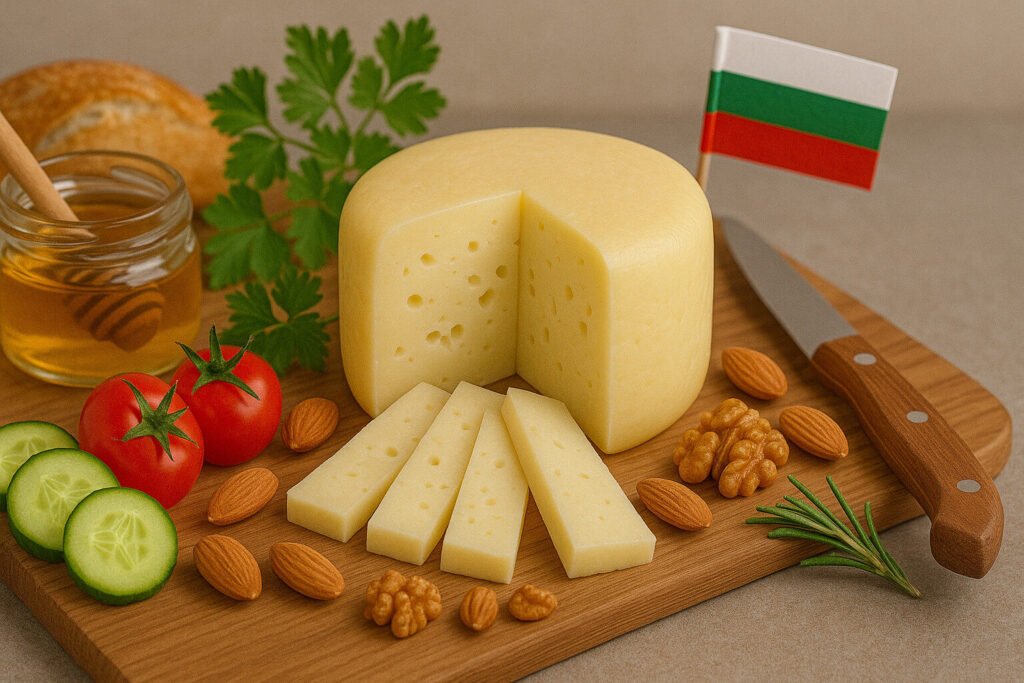Mildly Tangy Cheese
Defining Mildly Tangy Cheese
Mildly tangy cheese exhibits a subtle, pleasant acidity that enhances its flavor without dominating the palate. This characteristic results from controlled lactic acid development during fermentation. The tanginess level is deliberately restrained to maintain approachability while adding complexity.
This flavor profile spans multiple cheese categories including fresh, soft-ripened, and semi-hard varieties. It represents a middle ground between neutral fresh cheeses and sharply acidic aged cheeses. The tanginess typically registers at lower intensity than sharp cheddar or acidic goat cheeses.
Production Techniques for Tangy Notes
Producers achieve mild tanginess through specific starter cultures that generate limited lactic acid. Mesophilic cultures are commonly used at moderate temperatures between 20-30°C. The acid development is carefully monitored throughout the curd formation stage.
Shorter aging periods of two weeks to three months help maintain the mild character. Some varieties undergo surface ripening that contributes subtle acidic notes. Salt content is precisely calibrated to balance rather than mask the tangy flavors.
Sensory Characteristics
Mildly tangy cheeses present a clean, refreshing acidity that complements their primary flavors. The tanginess typically emerges mid-palate and lingers briefly. These cheeses often feature buttery or milky undertones that harmonize with the acidic component.
Texture ranges from moist and spreadable in fresh varieties to semi-firm in aged examples. The aroma tends toward fresh dairy notes with slight acidic sharpness. The finish remains clean without aggressive sourness or bitterness.
Culinary Applications
These cheeses excel in applications where subtle acidity enhances other ingredients without overwhelming them. They work particularly well in sandwiches, salads, and cheese boards. Their balanced flavor profile makes them versatile for both cooking and direct consumption.
Mildly tangy cheeses melt smoothly, making them excellent for grilled cheese and pasta dishes. They pair well with fruits, nuts, and light wines. Their approachable nature makes them ideal for introducing complex flavors to novice cheese enthusiasts.
Notable Examples
Classic examples include young Gouda, Havarti, and some Fontina varieties. These cheeses demonstrate how mild tanginess complements their inherent creaminess. French Tomme de Savoie often exhibits this characteristic alongside earthy notes.
American Monterey Jack frequently displays mild tanginess when aged briefly. Certain feta cheeses preserved in less brine develop restrained tangy qualities. These examples showcase the diversity of cheeses within this flavor spectrum across different milk types and regions.


